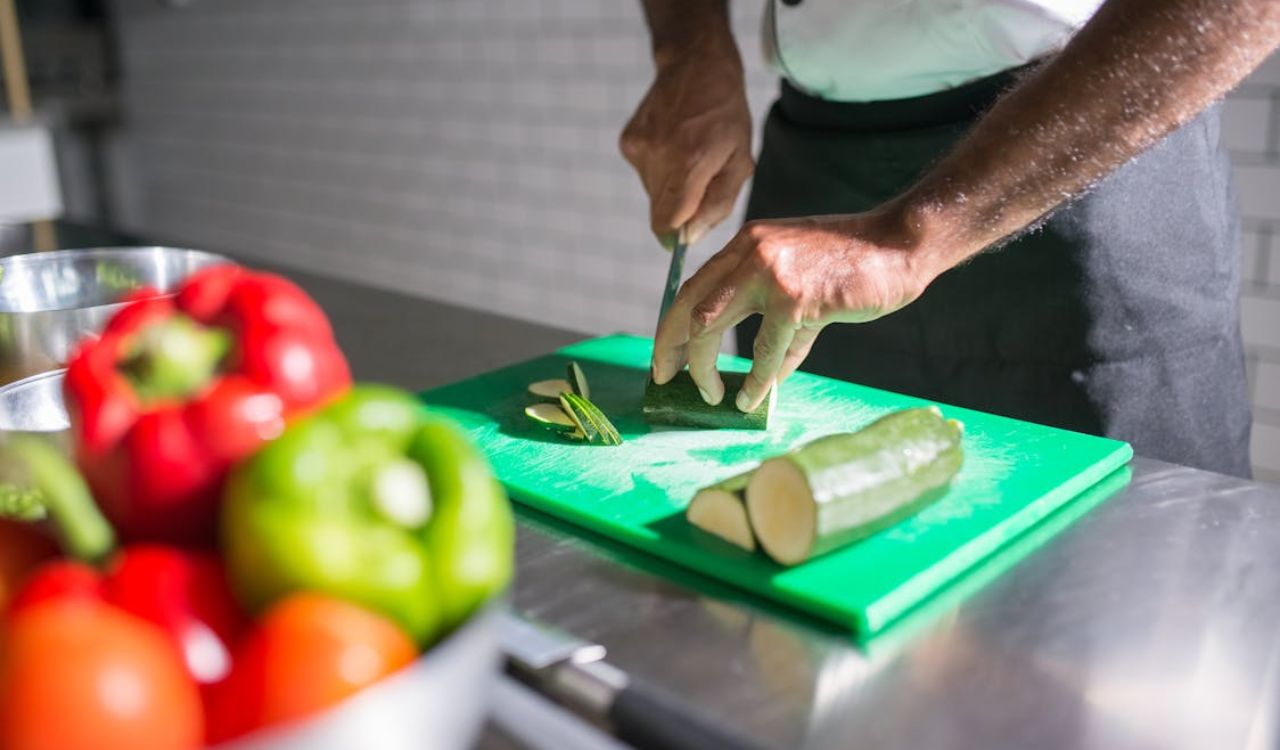12 Simple Ways to Save Big on Groceries Without Hunting for Coupons
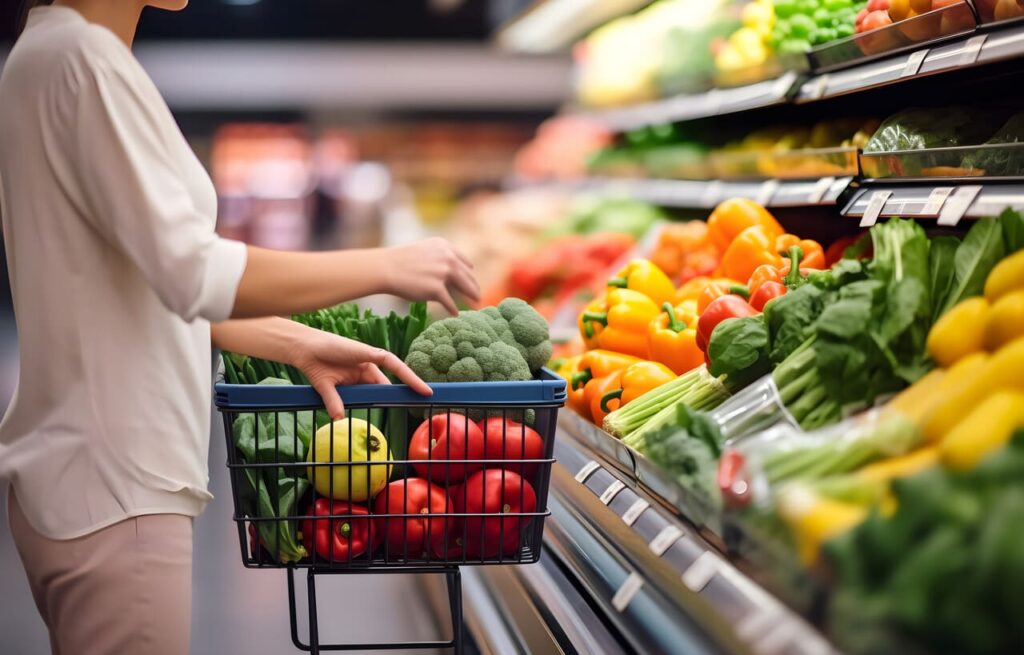
Grocery bills have a way of creeping up, especially when prices rise and small extras slip into the cart. Saving money at the store doesn’t have to mean chasing coupons or cutting corners on quality. With the right habits, you can keep your pantry stocked, eat well, and still spend less. These strategies focus on planning, smart choices, and avoiding common traps that drive up costs. Here are twelve simple ways to trim your grocery bill without relying on coupons.
1. Plan Your Meals Before Shopping
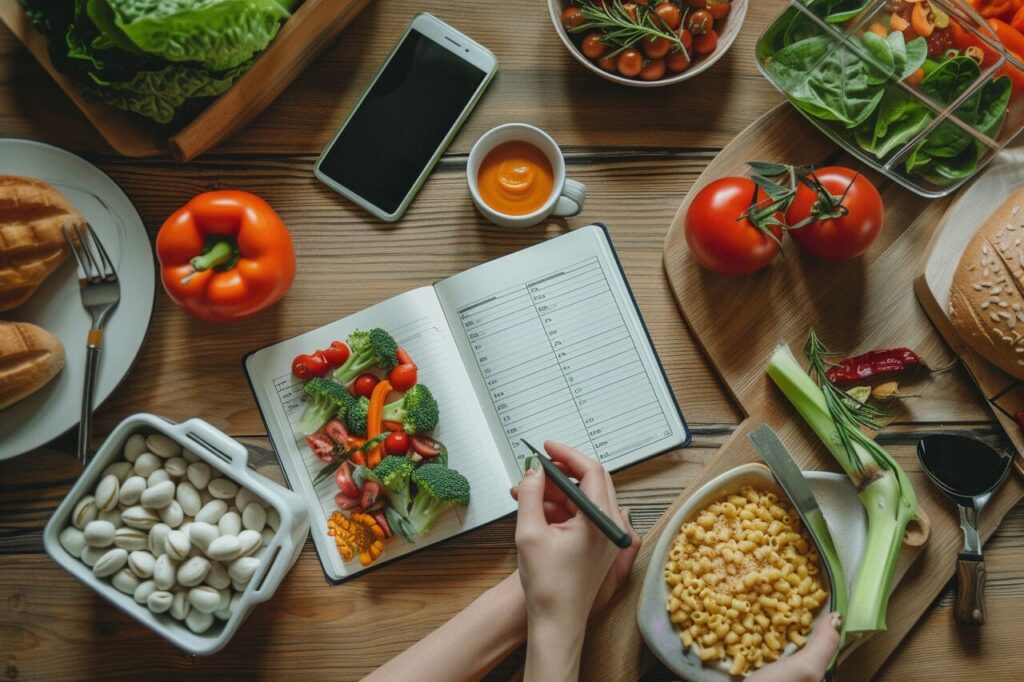
One of the biggest reasons people overspend is a lack of planning. Without a meal plan, it’s easy to toss random items into the cart, only to find they don’t go together. Mapping out meals for the week creates focus. You’ll know exactly what ingredients to buy, which reduces waste and keeps spending in check. Planning also helps you account for leftovers, stretch proteins across multiple meals, and avoid last-minute takeout. It doesn’t need to be complicated-just outline dinners, then build breakfast and lunch around what you already have. This way, your shopping list becomes a tool to save money instead of a guess.
2. Shop With a Strict List
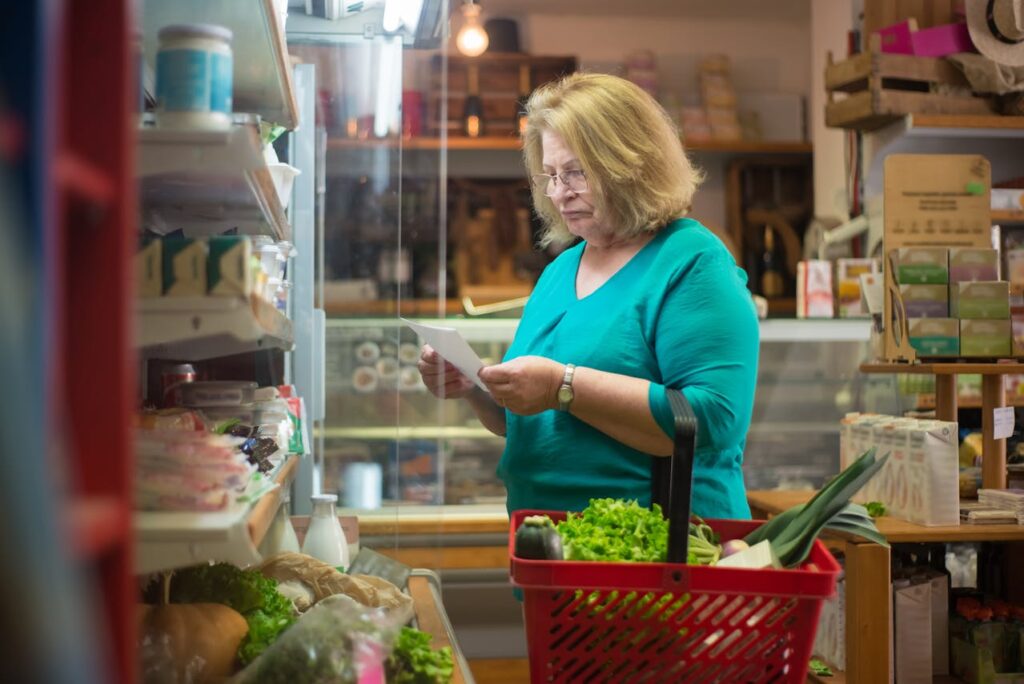
Walking into the store without a list almost guarantees overspending. A detailed list based on your meal plan keeps you on track. Stick to it as closely as possible, treating it as non-negotiable. Impulse buys snacks on sale, fancy drinks, or pre-packaged foods, can add up quickly. When you shop with a strict list, you not only save money but also cut down the time you spend wandering aisles. A list also helps you track recurring purchases so you don’t buy duplicates you don’t need. Over time, this simple discipline can make a noticeable difference in your grocery budget.
3. Compare Unit Prices Instead of Sticker Prices

Stores often make larger packages look like a deal, but not every bulk option is cheaper. The real measure of value is the unit price, which shows cost per ounce, pound, or liter. Many stores print this on the shelf tag in small numbers. By checking unit prices, you can see whether a family-sized box is actually saving you money. Sometimes, smaller packages or store brands come out ahead. This habit is especially useful for pantry staples, where a difference of a few cents per unit adds up over time. Once you start checking, you’ll rarely get tricked by flashy packaging again.
4. Choose Store Brands When Possible

Name brands spend heavily on marketing, and that cost is built into the price. Store brands often come from the same suppliers as national labels, but they’re offered at a fraction of the cost. Items like canned goods, dry pasta, cleaning supplies, and dairy are usually safe bets. Testing a few products at a time helps you figure out which store brand items you genuinely like. Many shoppers are surprised at how similar the quality is, and in some cases, the store version tastes better. Switching even a handful of staples to store brands can shave dollars off every trip.
5. Buy Produce in Season
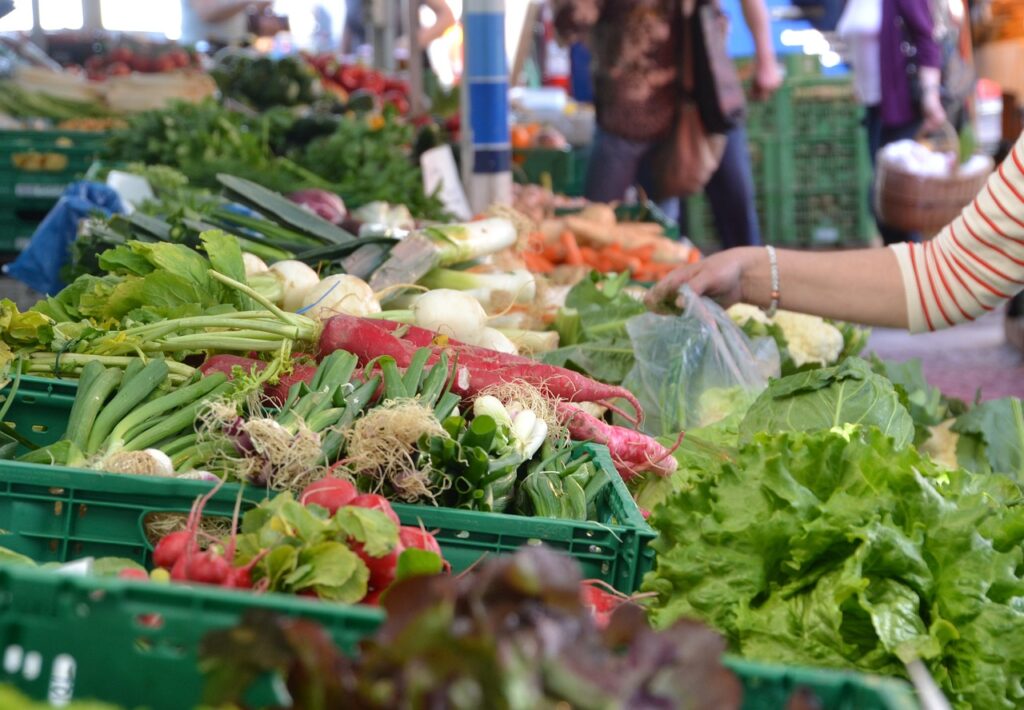
Out-of-season fruits and vegetables are shipped long distances, which inflates their cost. Sticking to what’s in season not only saves money but also guarantees fresher, better-tasting produce. For example, strawberries are cheaper in early summer, while apples hit their lowest prices in the fall. If you’re unsure what’s in season, many stores display local produce or run specials around harvest times. Shopping this way also brings variety to your diet since you rotate fruits and vegetables throughout the year. When prices drop significantly, buy extra and freeze for later use, extending the savings even further.
6. Avoid Pre-Cut or Pre-Packaged Foods
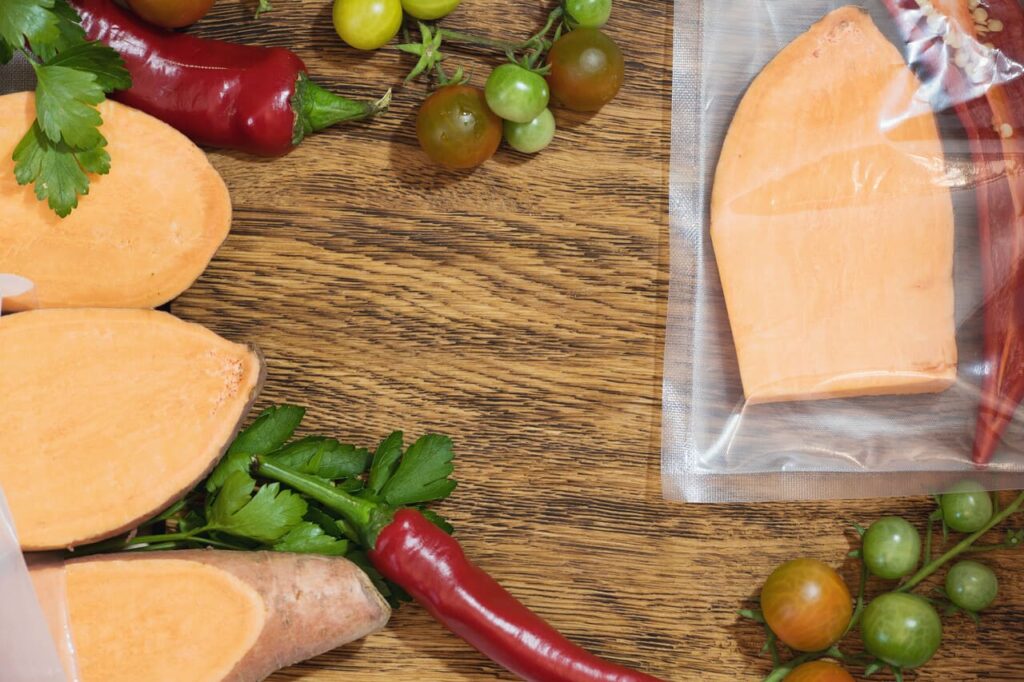
Convenience foods like pre-cut fruit, shredded cheese, or pre-marinated meats may save time, but you’re paying a premium for it. Doing the prep yourself can cut the cost in half. A whole pineapple, for example, is far cheaper than buying a small container of sliced chunks. The same goes for lettuce, carrots, and even cheese blocks. Besides saving money, prepping your own food often gives you fresher results. It may take a few extra minutes, but the savings add up fast. Making this switch consistently helps stretch your budget without sacrificing variety or flavor.
7. Buy in Bulk-But Only What You’ll Use
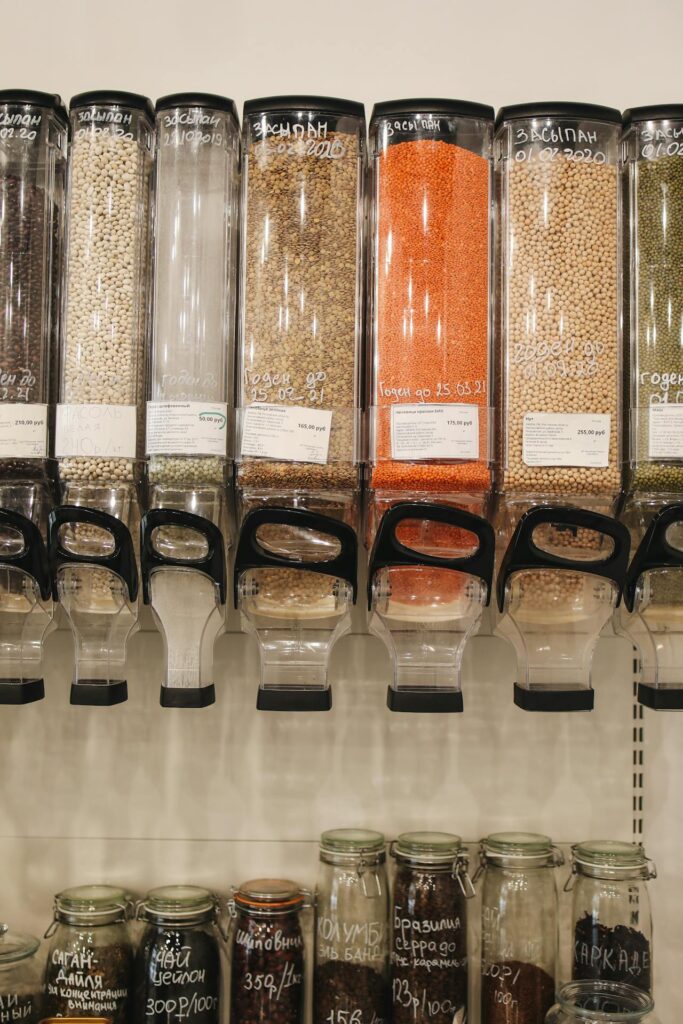
Buying in bulk can be cost-effective, but it’s not a one-size-fits-all solution. The key is to bulk-buy only items you regularly use and can store properly. Non-perishables like rice, pasta, flour, or beans are perfect for this strategy. Freezer-friendly proteins like chicken or ground beef can also work if you portion and freeze them right away. The mistake many people make is buying bulk snacks or fresh produce they won’t finish before it spoils. Wasted food erases the savings. Approach bulk buying with intention, and it becomes a reliable tool to cut costs.
8. Limit Meat and Focus on Plant Proteins
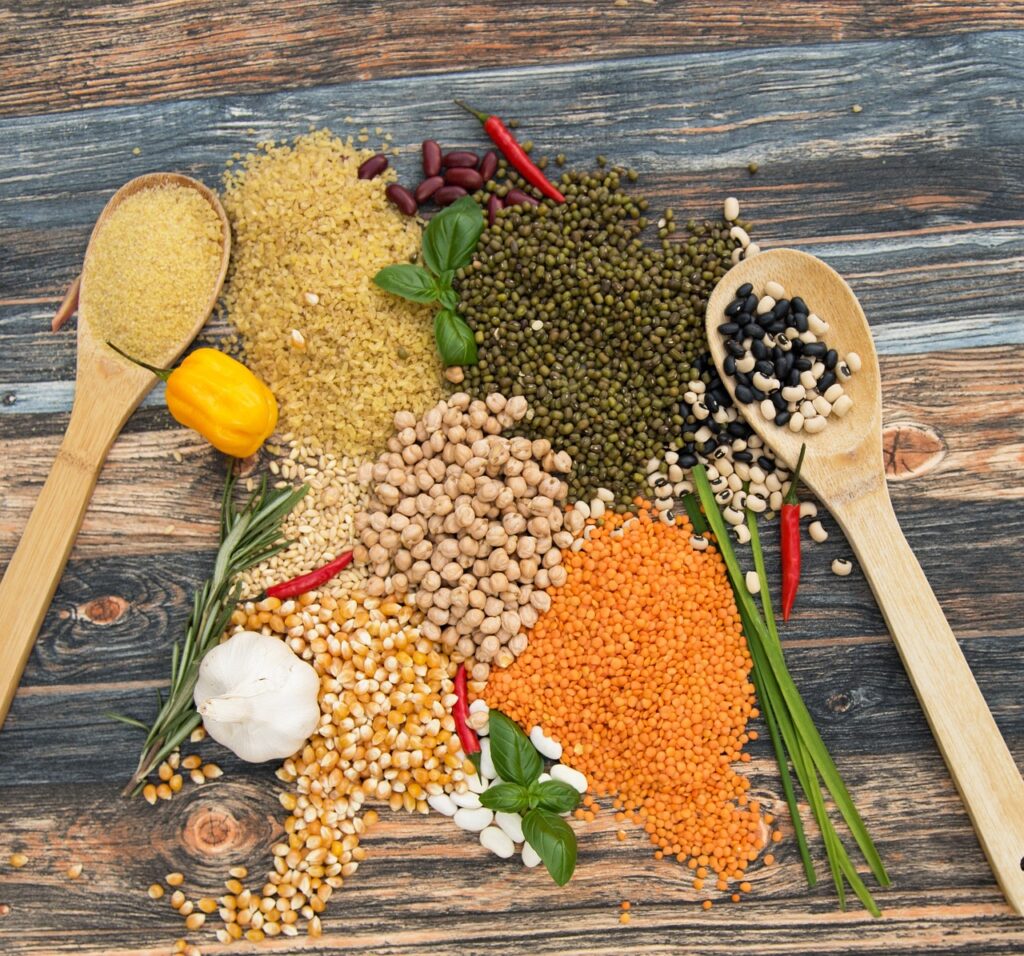
Meat is often one of the most expensive items in the cart. Cutting back, even slightly, can lower your grocery bill while opening the door to healthier meals. Plant-based proteins like beans, lentils, eggs, and tofu are inexpensive, versatile, and filling. You don’t have to give up meat altogether. Instead, try building meals around plants a few nights a week, or use meat in smaller portions alongside beans or grains. Chili, stir-fries, and soups stretch ingredients while still delivering flavor. Over time, this small shift in meal planning saves a surprising amount.
9. Don’t Shop Hungry

It sounds simple, but shopping hungry almost always leads to overspending. When you’re hungry, your brain craves quick fixes and comfort foods, which makes impulse buys harder to resist. Suddenly, that family-sized bag of chips or fancy bakery bread looks impossible to pass up. Shopping after a meal or at least after a snack keeps your decision-making in check. You’ll stick to your list more easily and avoid buying extras that throw off your budget. This habit might feel small, but it plays a real role in controlling grocery costs.
10. Use Loyalty Programs and Store Apps
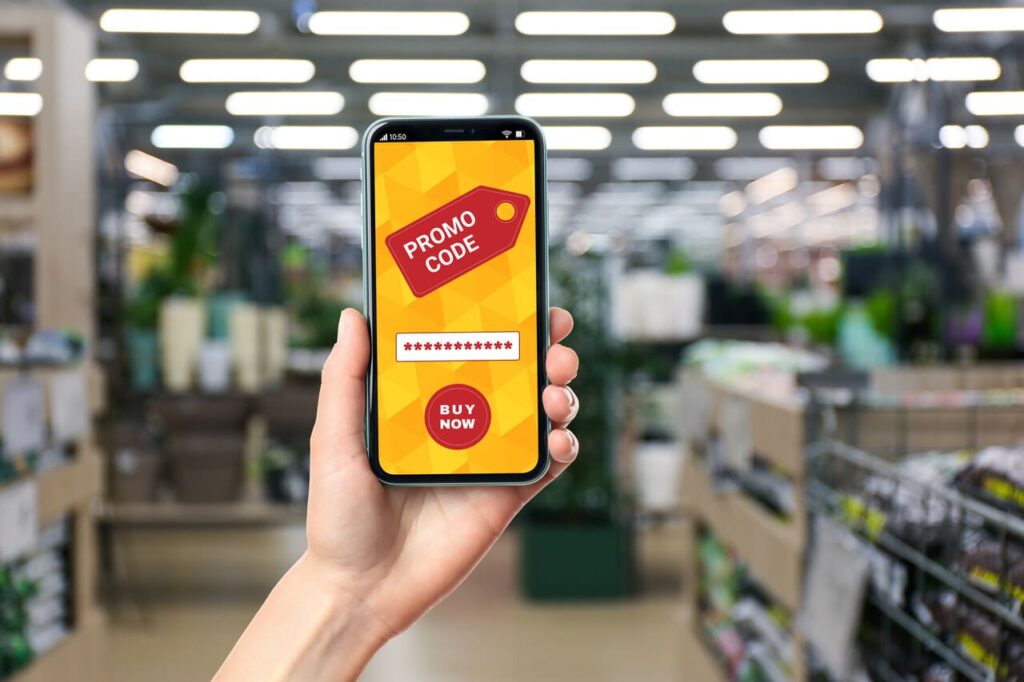
Many grocery chains offer loyalty cards or apps that give you access to discounts, personalized deals, and rewards. Unlike coupon clipping, these savings usually apply automatically at checkout. Store apps can also alert you to weekly specials, track your spending, and sometimes even offer digital rebates. Signing up is typically free and takes only a few minutes. Even if you don’t shop at the same store every time, picking one or two main stores with solid programs can pay off. These little perks stack up and turn into meaningful savings over months of shopping.
11. Freeze Extras to Avoid Waste
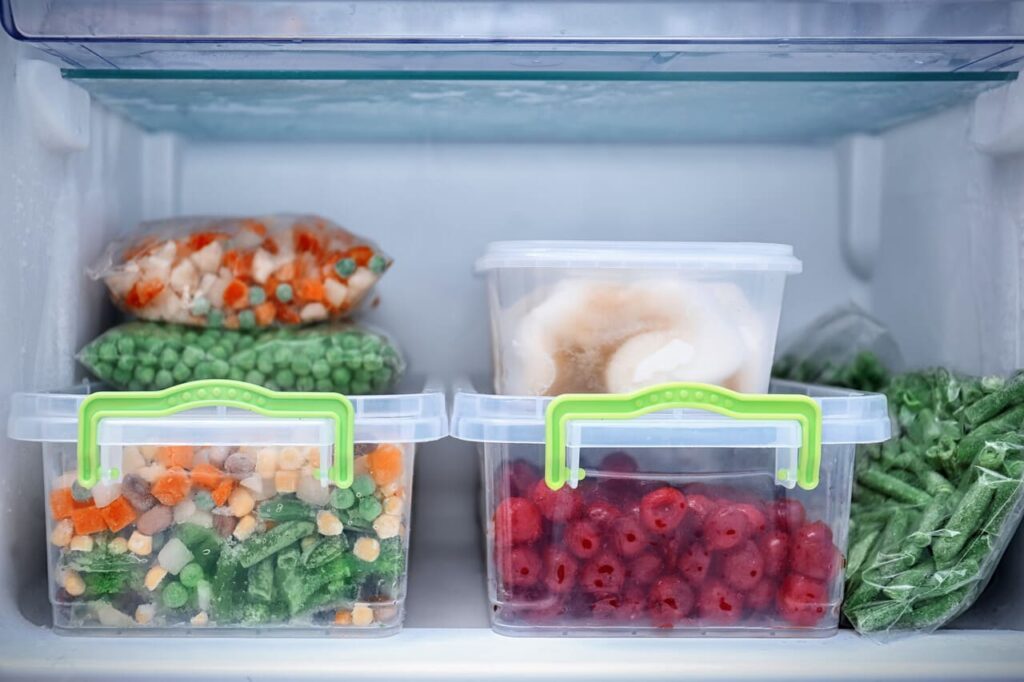
Food waste is one of the biggest hidden expenses in grocery shopping. Freezing is a simple way to stop throwing money away. Bread, meat, fruit, and even cooked leftovers can all be frozen for later. For example, ripe bananas can go straight into the freezer for smoothies, and leftover soup can be portioned into containers for quick meals. Labeling with dates keeps your freezer organized and ensures nothing gets lost in the back. By freezing extras, you stretch the life of your groceries and reduce the number of unnecessary replacement trips to the store.
12. Choose Cheaper Protein Options Like Beans, Eggs, and Chicken Thighs
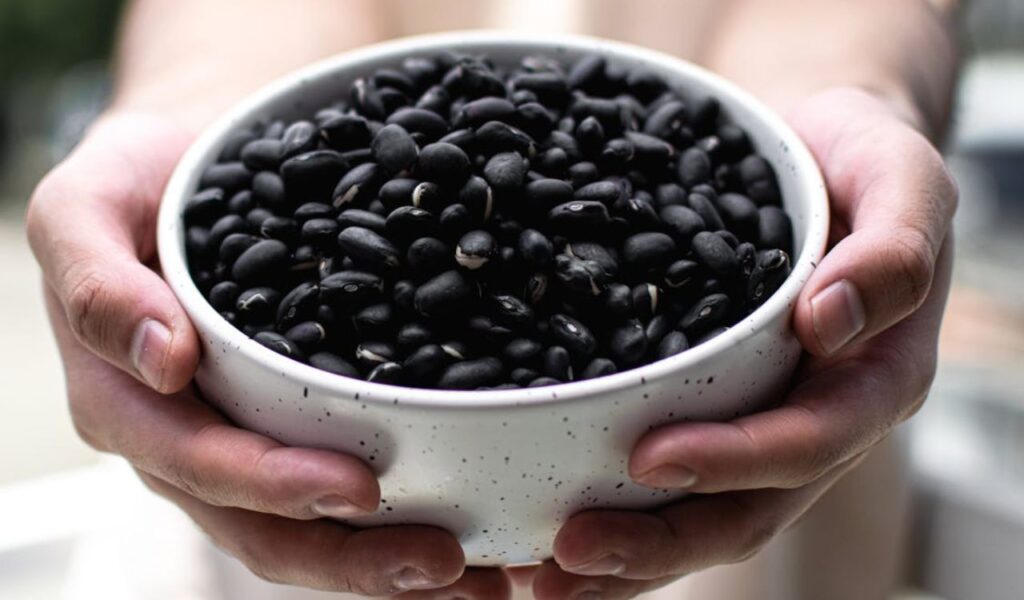
What this really comes down to is recognizing that protein doesn’t have to be the most expensive part of your cart. Beans are one of the best bargains in the store, whether canned or dried. They’re packed with protein, fiber, and minerals, and they work in soups, salads, tacos, or grain bowls without adding much to your bill. Eggs are another reliable staple because they stay affordable, cook quickly, and fit into breakfast, lunch, or dinner with almost no waste. And chicken thighs offer the same versatility as chicken breasts but at a noticeably lower price. They stay juicier, hold up better to longer cooking, and bring more flavor. When you build meals around these options, you reduce your weekly spending without sacrificing nutrition or variety.







